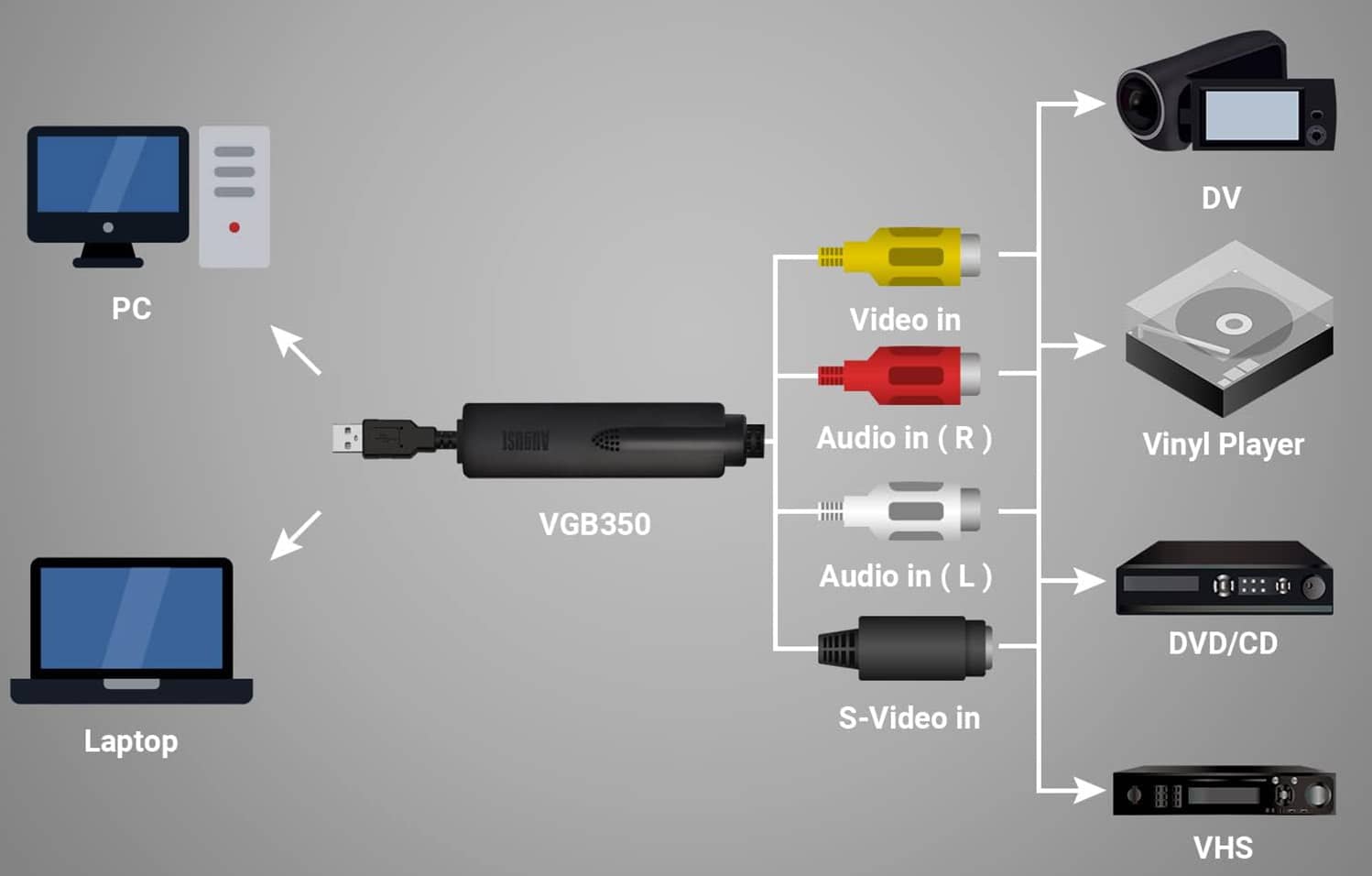Understanding RandomGiantNet: Exploring the Concept of Large-Scale Random Networks

The internet is built on layers of technology, communication protocols, and massive infrastructures that work together to deliver seamless connectivity across the globe. Amid this complexity, new terminologies often emerge—some standard, others more conceptual. One such term that invites curiosity is RandomGiantNet. Although not formally defined in technical literature, it serves as a descriptive concept that can be applied to various scenarios in networking and computing.
This article dives deep into what RandomGiantNet could represent, its potential applications, and the structural implications of such a network. While its interpretation depends largely on context, understanding this term can help us better grasp the challenges and possibilities of large, unstructured network systems.
What Is RandomGiantNet?
RandomGiantNet is not an officially recognized term in internet technology standards. However, by breaking down the term, we can extract its possible meaning and relevance:
- Random: Indicates lack of predictable order or pattern. In networking, this could refer to the structure of node connections, data routing, or user behavior.
- Giant: Implies a system of considerable size or scale, whether in terms of data volume, geographic spread, or number of participants.
- Net: Common shorthand for “network,” a group of interconnected devices sharing resources and data.
When combined, RandomGiantNet likely describes a large-scale network that exhibits random or unpredictable behaviors in terms of structure, connectivity, or data flow. This conceptual framework can apply to many areas within digital systems and infrastructures.
Possible Applications of RandomGiantNet
Although the term isn’t standard, the concept of RandomGiantNet finds relevance in several practical and theoretical domains. Here are some of the most likely contexts:
1. Network Simulation and Research
In research, simulation of networks helps scientists understand how systems behave under different configurations. A RandomGiantNet could represent a simulated network where connections and nodes are established randomly. These models allow researchers to study how random topologies affect data routing, fault tolerance, and scalability.
For instance, simulating a decentralized social network with unpredictable user connections would benefit from a RandomGiantNet model to assess how information spreads or how robust the system is to node failures.
2. Distributed Computing Environments
Cloud services and distributed computing rely on multiple interconnected servers handling tasks in parallel. While resource allocation is governed by logic, from an outsider’s perspective, the allocation and task distribution may seem random. A RandomGiantNet might describe this infrastructure—massive, dynamic, and seemingly unstructured—despite being managed through precise algorithms.
Such networks are critical in ensuring load balancing, high availability, and real-time data processing, even when the underlying structure appears chaotic.
3. Peer-to-Peer (P2P) Networks
P2P networks are inherently decentralized, with users connecting to each other directly. The topology of such systems changes constantly, as peers join or leave. A large P2P network with a fluid structure can easily be referred to as a RandomGiantNet, emphasizing the organic, unpredictable way connections form and dissolve.
This structure supports resilience and fault tolerance but also introduces complexity in managing security and efficiency.
4. Botnets and Malicious Networks
On a more concerning note, RandomGiantNet might describe botnets—networks of hijacked computers used for malicious purposes. These systems often operate unpredictably, with random command paths and shifting control nodes to evade detection. The scale and randomness involved make it challenging for cybersecurity teams to trace or dismantle them.
This darker interpretation of RandomGiantNet underscores the importance of understanding such networks for prevention and mitigation.
5. Global Internet Traffic Patterns
Looking at the internet from a bird’s-eye view, one might consider the whole ecosystem a RandomGiantNet. Traffic flows in countless directions, originating from millions of users and targeting millions of destinations. While routing protocols add structure, the sheer scale and variety of data make it seem random. This perspective highlights the unpredictability of user behavior and the dynamic nature of internet traffic.
Implications of a RandomGiantNet Structure
Understanding RandomGiantNet helps illuminate several key characteristics of large, unstructured networks:
Resilience and Redundancy
Random connections often increase network robustness. If one connection fails, alternate paths are likely available, improving fault tolerance.
Easy Scalability
Networks built on a random structure are generally easier to expand. New nodes can be added without needing to overhaul the entire architecture.
Security Complexity
Identifying threats in a RandomGiantNet is challenging. The lack of predictable structure means traditional security methods may fall short, requiring adaptive and intelligent monitoring systems.
Performance Optimization
Routing data efficiently in a RandomGiantNet demands sophisticated algorithms. Load balancing, latency reduction, and bandwidth allocation are harder to manage without clear patterns.
Emergent Behavior
In large-scale systems, unexpected outcomes often emerge from the interaction of simple components. Recognizing and managing this behavior is essential for maintaining network stability.
FAQs About RandomGiantNet
Q1: Is RandomGiantNet a real networking protocol?
No, RandomGiantNet is not a formal protocol or standard. It is a conceptual term used to describe large, unstructured networks with random characteristics.
Q2: Where is the term RandomGiantNet used?
It may appear in academic discussions, simulation environments, or as an informal descriptor in network modeling and cybersecurity contexts.
Q3: Can RandomGiantNet be secure?
Security in a RandomGiantNet structure is complex but possible. Adaptive threat detection and decentralized security protocols can help manage risks.
Q4: What are the benefits of a RandomGiantNet structure?
Such networks offer resilience, flexibility, and scalability. They can adapt well to change and often tolerate node failures better than rigid structures.
Q5: Are RandomGiantNet systems used in real-world applications?
Yes. Examples include P2P file sharing systems, decentralized applications, dynamic cloud computing platforms, and global internet traffic systems.
Conclusion
While not a technical standard, RandomGiantNet offers a powerful conceptual lens through which we can understand the structure and behavior of large, unpredictable networks. From simulation environments to global internet traffic, this term captures the essence of systems that defy easy classification due to their size and randomness. By exploring its potential applications and implications, we gain insight into the complexity of modern networking and the challenges that come with it.
As network environments continue to evolve, understanding terms like RandomGiantNet will be key to adapting our technologies and strategies to an increasingly dynamic digital world.





